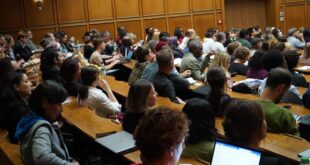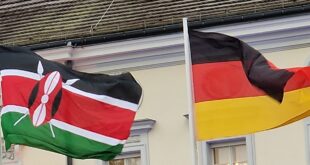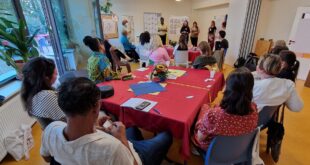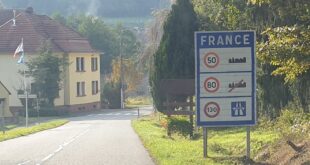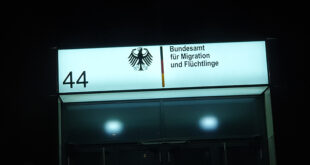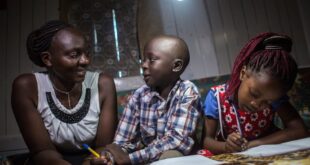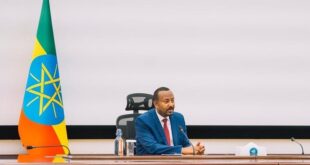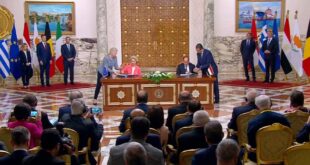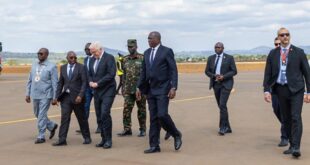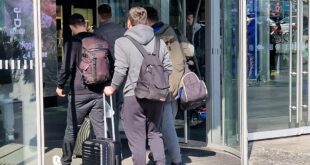A campaign to raise awareness among the youth regarding the realities of irregular migration has been conducted by the International Organization for Migration (IOM) in Ghana.
Communities in the Brong Ahafo region in Ghana participated in an outreach and sensitisation campaign organized by IOM, the UN Migration Agency, and the Ghana Immigration Service (GIS).
From 5 to 10 February, the communities of Sunyani, Berekum, Dormaa, Seikwa and Wenchi joined the event, which is part of the Aware Migrants Information Campaign – Engaging West African Communities Programme funded by the Federal Foreign Office of Germany.
The campaign aims to raise awareness among community members, especially youth, regarding the realities of irregular migration. Aware Migrants aims to share the stories of irregular migrant returnees with potential migrants and youth. It further focuses on raising awareness concerning the growing trend of West African youth risking their lives in the Sahara and the Mediterranean hoping to reach Europe.

Storytelling
Over 3,000 students from five different senior high schools attended the awareness raising presentations. Shorter sensitisation sessions were held in outdoor community centres to over 400 community members and to prospective passport applicants at the Sunyani passport office.
The activities also included live radio talks hosted in four radio stations in the region. A Q&A session allowed community members to call in and ask questions concerning the processes of safe migration, the situation in Libya and the type of support they could give to their family members who have already migrated irregularly.
“We need to educate the youth and their whole community. The younger we make them aware, the better. The Aware Migrants campaign is a very effective tool to reach youth and their communities. It’s an interactive programme that allows them to ask questions and get the answers they need,” said GIS chief superintendent James Hayford Boadi, officer in charge of the Migration Information Centre (MIC) in Sunyani.

Presentations included videos of Ghanaian returnees from Libya showing their migration experiences including inhumane treatment by smugglers, the dangers of the desert and sea journeys, and the reality of detention centres.
There was also a focus on the rising trend of Ghanaian women and young girls migrating to work in the Middle East. Stories were shared concerning the deceit, exploitation and sexual abuse faced by these women in their countries of destination.
During the interactive sessions, students were asked to complete a short survey concerning their perspective on irregular migration. Over 1,500 surveys were completed and will be analysed to enhance IOM’s response to irregular migration in the Brong Ahafo Region.
Source: IOM
 THE AFRICAN COURIER. Reporting Africa and its Diaspora! The African Courier is an international magazine published in Germany to report on Africa and the Diaspora African experience. The first issue of the bimonthly magazine appeared on the newsstands on 15 February 1998. The African Courier is a communication forum for European-African political, economic and cultural exchanges, and a voice for Africa in Europe.
THE AFRICAN COURIER. Reporting Africa and its Diaspora! The African Courier is an international magazine published in Germany to report on Africa and the Diaspora African experience. The first issue of the bimonthly magazine appeared on the newsstands on 15 February 1998. The African Courier is a communication forum for European-African political, economic and cultural exchanges, and a voice for Africa in Europe.


